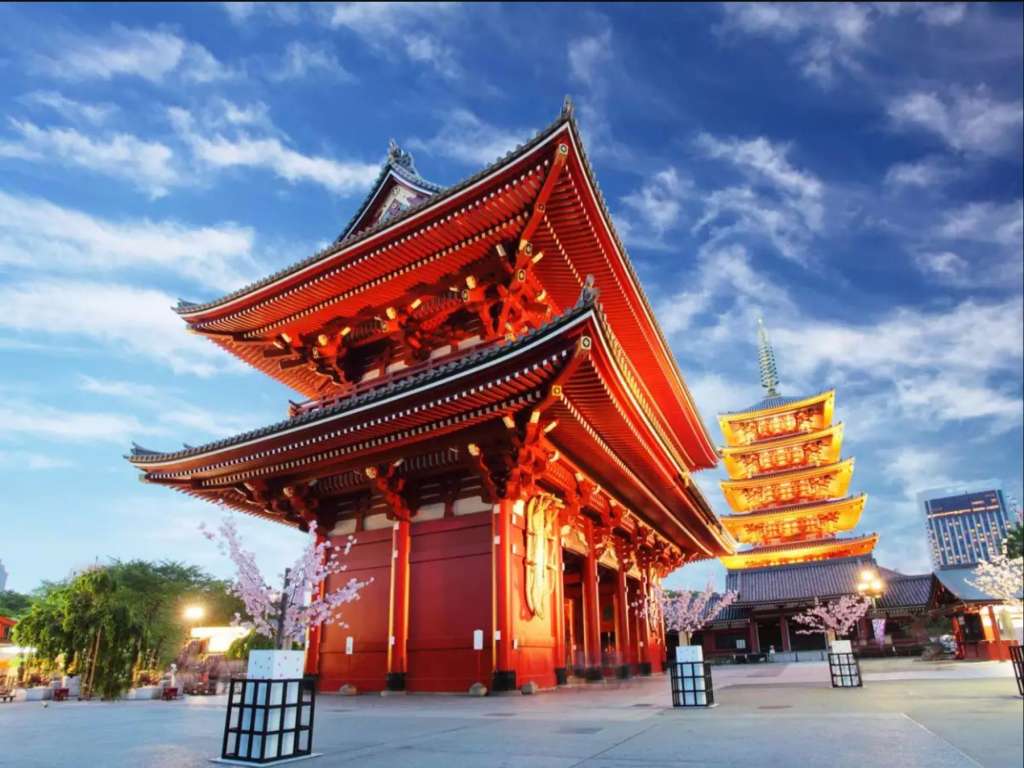Is Japanese Success a Miracle?

At the beginning of this century, the first miracle for the Japanese took place in 1905, when Japan defeated Tsarist Russia in the 1904-1905 war, on land and sea.
The deep-rooted Japanese admiration in our country and the name “Togo” are inherited from this miracle. The military success of the Japanese gave the Ottomans the hope that “I can do it too”.
The second war miraculously destroyed the memories, the surrender of Japan made the miracle forgotten. However, since the Korean War, the world is experiencing the second “Japanese Miracle” situation. In the West, “Delicate Flower”, Japan’s rapid recovery and wrestling, while in the Islamic World, “development by taking technology from the West without changing its culture” was seen as a real miracle.
It was even cited as an example for Turkey (National Education Report 1961). We were told, “Get technology from the West, protect your culture”. This diagnosis and advice may not be realistic or valid, but it should have sounded good.
Thousands of scholars, artists, researchers rushed to Japan. To see the miracle in place, to solve the mystery. No one listened to Singer (1973), who said “Japan is difficult to understand because it’s so simple”. The famous Japan expert Maraini (1971)’s “Japan as contemporary since prehistory” did not attract the attention of the media.
Japanese society that minimized the role of genius

However, the first Anatomy Atlas, which the Germans had published in Latin in black and white in the 1770s, was published 2-3 years later by the Japanese in three languages and in four colors. The world preferred to see the achievements of “this society, which has minimized the role of genius”, as miracles.
How could the small Asian Country, which decided to modernize in 1868, be among the most powerful in the world within a hundred years?
Although the economist Ozaki (1978) explained that the miracle is due to human relations (ie, structure and culture), it had no effect.
Miraculous Japanese were also sought after in their workaholism, in the fascination of geishas when they worked 15-16 hours a day when they loved toil, in the dramatic horror of the harakiri, high suicide rates, the spirit of Kamikaze, and the exploitative Taykuns.
When it was not found, the myth of miracles took hold, became stronger and spread. Miracle was a miracle, as it turned out.
The miracle was not in successful and rapid development, but in the fact that the development was provided unchanged.
Did Japan really develop without change? Japanese culture had not changed, judging by the kimonos, Tokyo-style slippers, and geishas taking off their shoes and kneeling and eating with chopsticks.
Although not every improvement was considered a miracle, unchanging improvement—if true—should be considered a miracle. How did Japan fit into one century what the West did in two centuries?
Historian Smith (1975) traces the roots of Japanese modernization to the 16th century. He was involved in land, agriculture and tax reforms made by the Shoguns in the century.
Understanding the Miracle

In order to pay the heavy taxes imposed by the military feudalism, the paddy peasant managed to increase the productivity of production two or three times in 250 years.
It prepared the society for the industrial revolution with its 30% urbanization, 40% literacy rate and advanced division of labor.
Japan was changing. However, in this process, there was a kind of continuity that the Westerner could not understand. The dialectical West made the mistake of interpreting this continuity as immutability.
A country that can renew itself every day in every field did not need a revolution. The revolutionary uprising that put an end to the Shogunate was called the “Meiji Restoration”.
According to the religion of Buddha, which is claimed to have not changed, life did not change. How can such a religion be changed?
In fact, the little people of Mikado had even Japaneseized the whole Buddhism. One of the unchanging customs in Japan, which may seem unchangeable, is infant education.
In a society where everything changes rapidly, the Japanese are seen as successful in preserving the basic personality (tatami) structure that makes the child dependent on his mother, family and Japan.
A child who is raised like a god with love and respect without punishment (without humiliation) sees himself as “Japan” rather than as a Japanese.
“What has my country given me?” He doesn’t say, “What can I do to him?” he asks. As it grows, this “ten” (loyalty) cannot get rid of the disappointment of not being able to pay its debt.
The fact that such a personality structure has been preserved to some extent during the process of change can be considered an original Japanese achievement that comes very close to a miracle.
Japan has changed, is changing. Surely it will change, but how? Not by throwing away the old and replacing it with a new one, but by adding new age rings around the carrier cultural property, like the cambrium membrane of a tree.
Structures that live below or behind the new give the illusion that Japan has not changed. Those who drink tea with geishas, and tourists who eat raw fish with hostesses in kimonos witness that Japan has not changed.
It was not easy for the Westerner, who perceived civilization as “man’s domination of nature” and boasted about it, to understand Japan.
The ideal of existence of the Japanese people is to exist with nature, not to choose the strong one. Here are a few unchanging principles of Japanese modernization.











